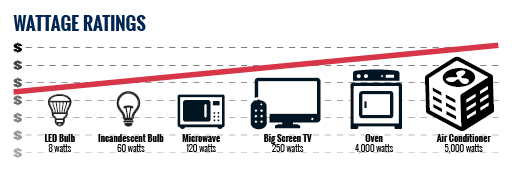From energizing Colorado’s first community solar field to implementing an innovative methane recapture project, United Power has been at the forefront of providing renewable energy options to our members. Today, our renewable generation projects produce enough energy to power more than 14,000 homes annually.
Thanks to the continued development of our renewable programs and support from our dedicated members, the cooperative has become a statewide and national leader in renewable integration. In a recent survey, United Power ranked among the top utilities in solar accumulation in the country.
Each year, the Smart Electric Power Association (SEPA) surveys data gathered from more than 440 utilities around the country and releases a report showing how they stack up against each other. The data provides a snapshot of how cooperatives like United Power compare to each other, as well as larger investor-owned utilities.
With four energized utility scale solar farms and nearly 3,000 rooftop systems active in our territory, United Power ranked 44th in solar capacity and 48th in accumulated solar energy against all utilities across the country in 2017. Only Xcel Energy (Public Service Co.) edged out the cooperative in the state.
Among cooperatives nationwide, United Power fared even better. In 2017, we ranked 2nd in connected solar and finished the year 5th in cumulative solar installations.
Over the years, we’ve continued to grow and develop our renewable programs, leading the way among all 43 cooperatives in Tri-State Generation & Transmission’s four-state region. United Power recognizes the future of electrical generation will be an “all of the above” strategy of investing in a variety of generation sources, and responding to the wants and needs of our membership.
Earlier this year, the cooperative announced plans to purchase two Tesla Battery Storage Systems in partnership with SoCore Energy, which will help us lower wholesale demand costs and potentially bring more renewable generation onto the system.




